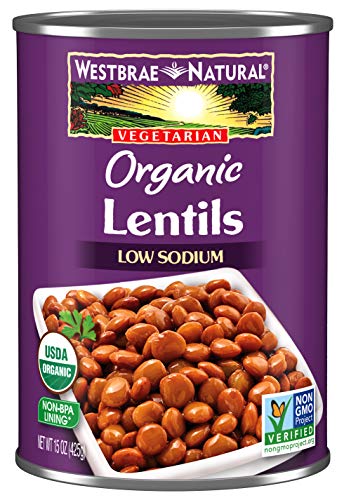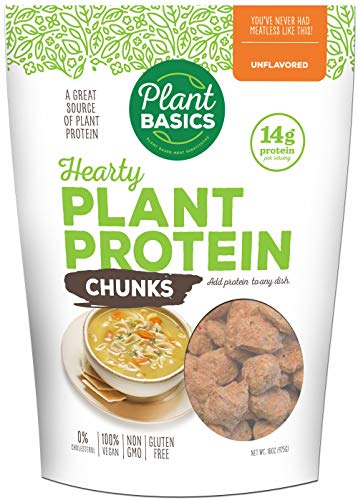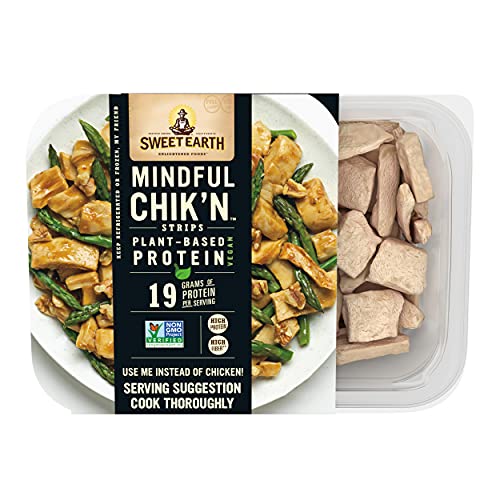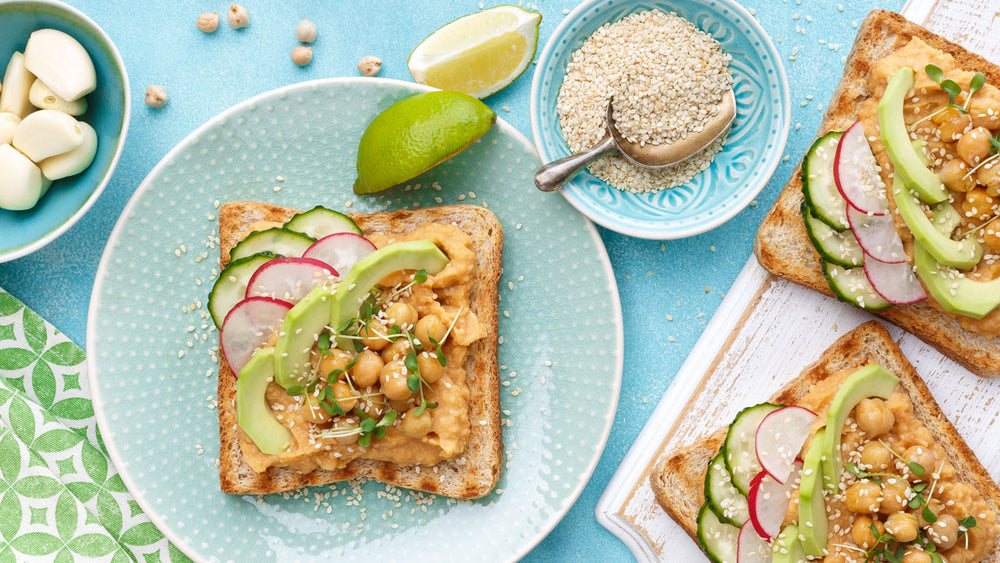Exploring the Diversity of Plant-Based Protein Sources
One of my favorite parts of grocery shopping is idling through the aisles, looking for fresh and exciting products. Lately, it seems like every time I do, I discover a new plant-based meat product. The options are seemingly endless, from the famed Beyond Burger to the poultry replacements. And you know what else seems endless? The novel plant-based ingredients can be turned into animal-like products, whether in protein content or appearance! Today, I want to identify some of the trending meat-free ingredients you may encounter.
Soybeans: The Versatile Foundation:
Soybeans are legumes from Eastern Asia. They are one of the highest protein-containing plant foods, containing about 18g of protein per 100g. This protein content makes them a great addition to the plant-based eater’s diet by helping to keep the plate balanced and packing a protein punch.
When I think of soybeans, I always think of the fairytale “Jack and the Beanstalk” because, in my opinion, soybeans are magical beans. Not only do they have a variety of nutrients, but they can be used in various ways. Soybeans are the foundation for tofu and tempeh, which can be jazzed up to produce a BBQ tofu sandwich or grilled “meat” option. But beyond that, when cooking and drying soybeans under pressure, they develop a texture and consistency similar to animal meats. Plant-based ground “beef” or burger substitutes are an example of soybeans in plant-based product action.
One of the drawbacks of soy is that it is considered one of the top 8 dietary allergens. As a result, many companies are creating meat-free options using other plant proteins, such as the ones we will discuss below.
Beyond Soy: Exploring the Protein Pantry:
Pea protein: You may not associate peas with protein, but depending on the type of pea and how they are processed, they can contain quite a bit of the muscle-building macronutrient. Yellow or green split peas are typically used to create pea protein. They can be milled to create textured pea products or pea protein isolates. These by-products are usually powdery, so manufacturers combine pea protein with other ingredients, like gums and hydrocolloids, to help manipulate the protein to a more desirable texture.
Lentil protein: Lentils are another legume rich in protein, fiber, and iron. They come in a variety of colors, including red. Red lentils make an attractive option for meat replacements, as red enhances the color of the product to make it appear more like red animal meat. They can be utilized whole, but the protein in lentils can also be extracted to make lentil protein isolate. While not as common as pea and soy protein isolates, food scientists study the little pulses for potential use in meat alternatives. They are continuously coming up with new ideas for it.
Fungi Frenzy: The Rise of Mycelium and Beyond:
Did you know that the protein that comes from fungi, like mushrooms, is called mycoprotein? Or that the name for the root of the mushroom is called mycelium? Or how about the fact that companies are utilizing mycoprotein and mycelium to produce meat alternatives? Mycelium can be fermented to produce mycoprotein and then combined with ingredients like egg white, oils, or flour to create a meat-like product. The great news is that mycoprotein is also nutrient-dense. It contains all of the essential amino acids (the building blocks of protein), fiber, and micronutrients like zinc and selenium. Mushrooms, mycelium, and mycoprotein, oh my!
Choose Your Protein Adventure: Tips for Selecting Plant-Based Meat Substitutes
Now that you’re more familiar with some of the plant-based meat substitutes, how do you choose which products to try? To start, make sure that the products don’t contain any of your dietary allergies, such as soy, eggs, or wheat. These common allergies often appear in the list of ingredients for plant-based substitutes, and of course, safety comes first!
Next, consider your dietary preferences. Are you looking for an option that will give you more fiber? Consider one that at least partially contains a whole legume. Or, if you are on a low-sodium diet, purchase a product that is not prepared in a sauce or heavily salted and opt to jazz it up yourself. Lastly, we can’t forget the taste. Bonus tip: Invite your plant-based friends over for a meat-substitute potluck so you all get to sample different products to determine your favorites!
The creativity of the food industry, as well as how amazing the plants that our Earth grows, never ceases to amaze me. In Western society, we are given the ability to determine how we nourish our bodies, whether that’s from animals, pulses, or even fungi. Consider adding a little extra time to your next grocery shopping adventure so that you can choose a new plant-product powerhouse to try out for yourself.
- Finnigan, T. J. A., Wall, B. T., Wilde, P. J., Stephens, F. B., Taylor, S. L., & Freedman, M. R. (2019). Mycoprotein: The Future of Nutritious Nonmeat Protein, a Symposium Review. Current developments in nutrition, 3(6), nzz021.
- Food Allergies. (2023). From Food and Drug Association. Retrieved February 7, 2024.
- Shrestha, S., van’t Hag, L., Haritos, V.S., Dhital, S. (2023). Lentil and Mungbean protein isolates: Processing, functional properties, and potential food applications. Food Hydrocolloids, Vol. 135.



















Comments
Join The Conversation...